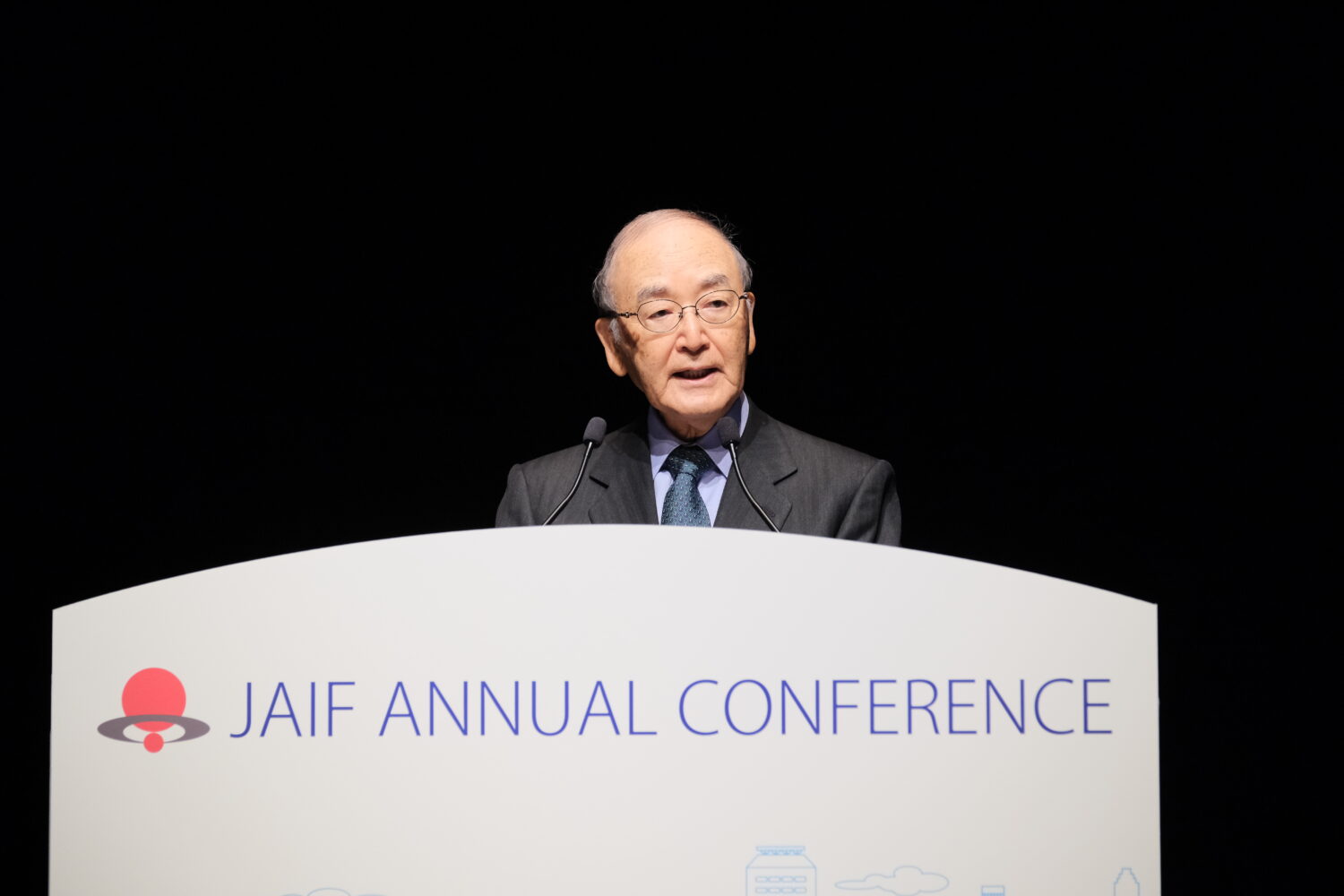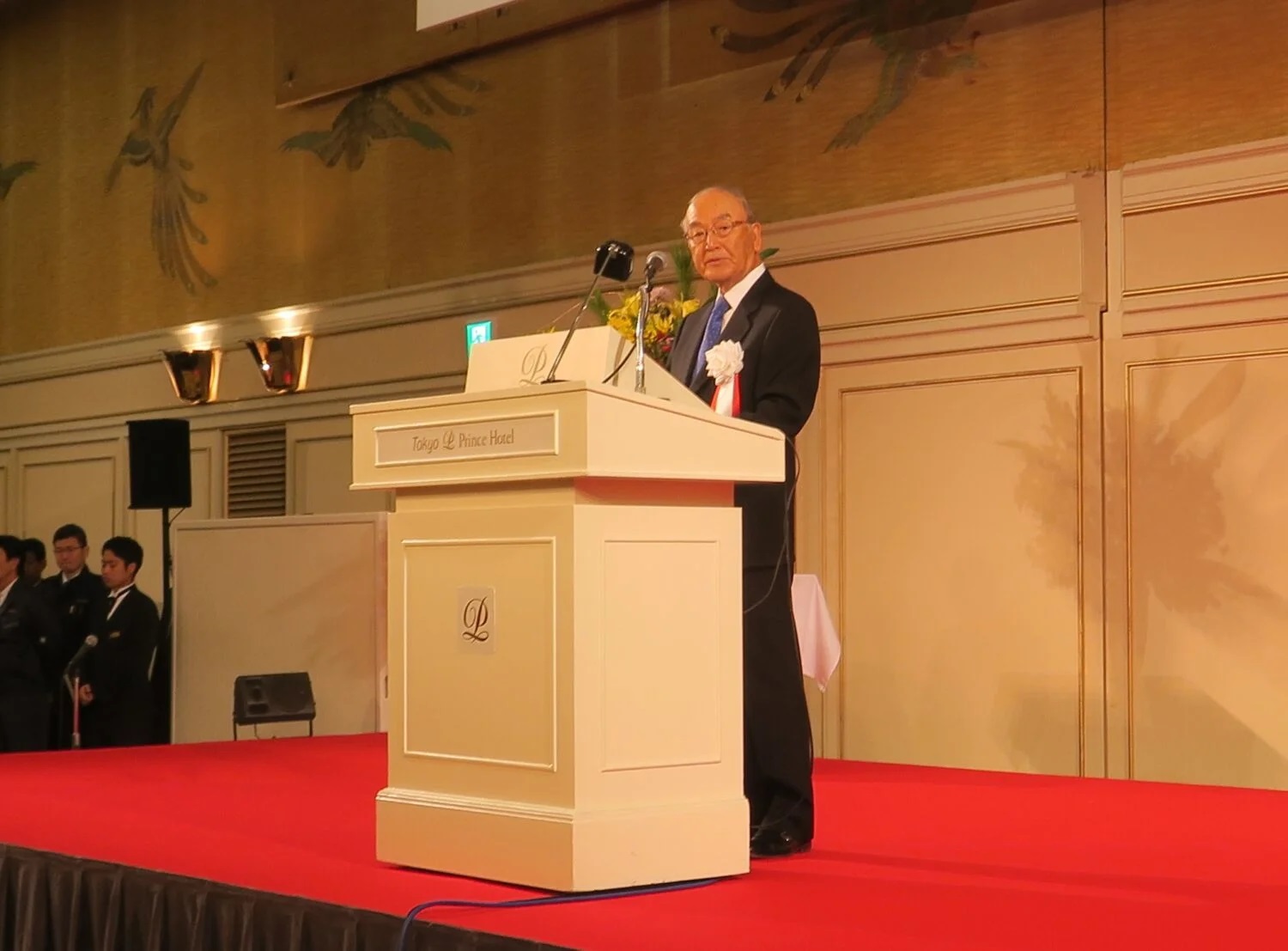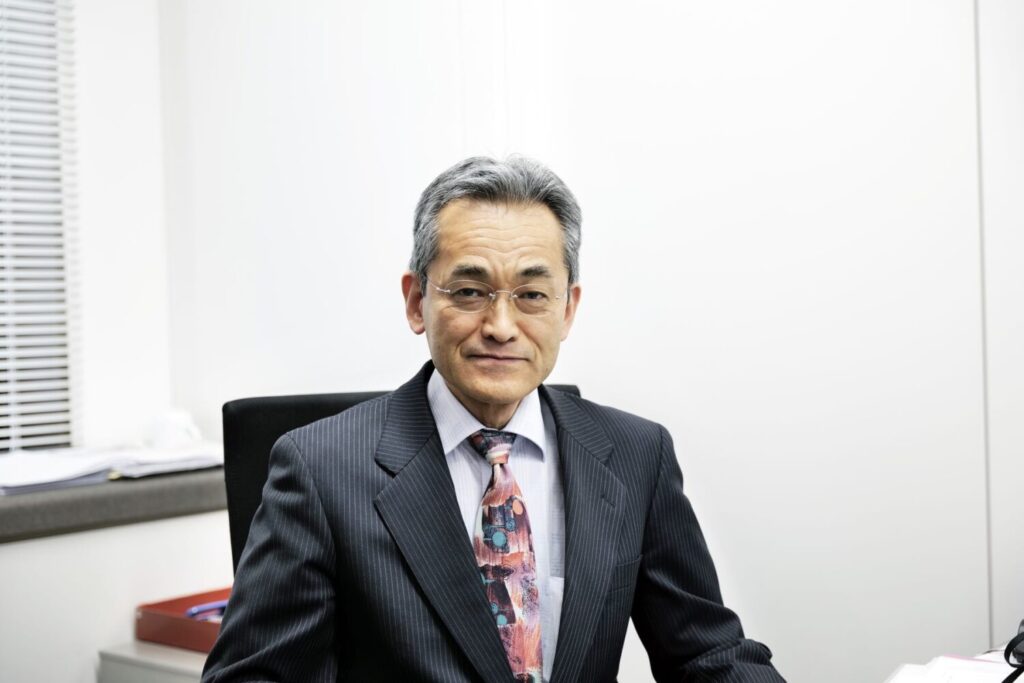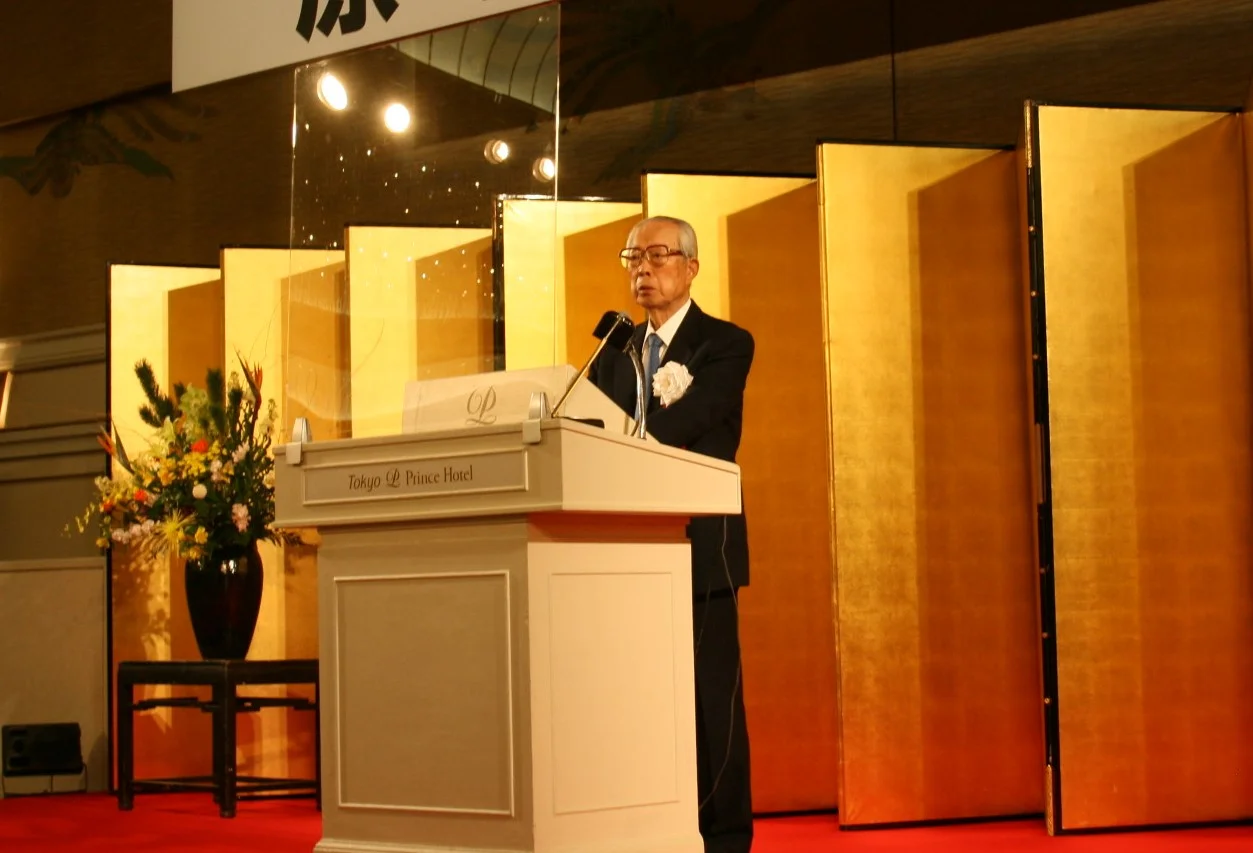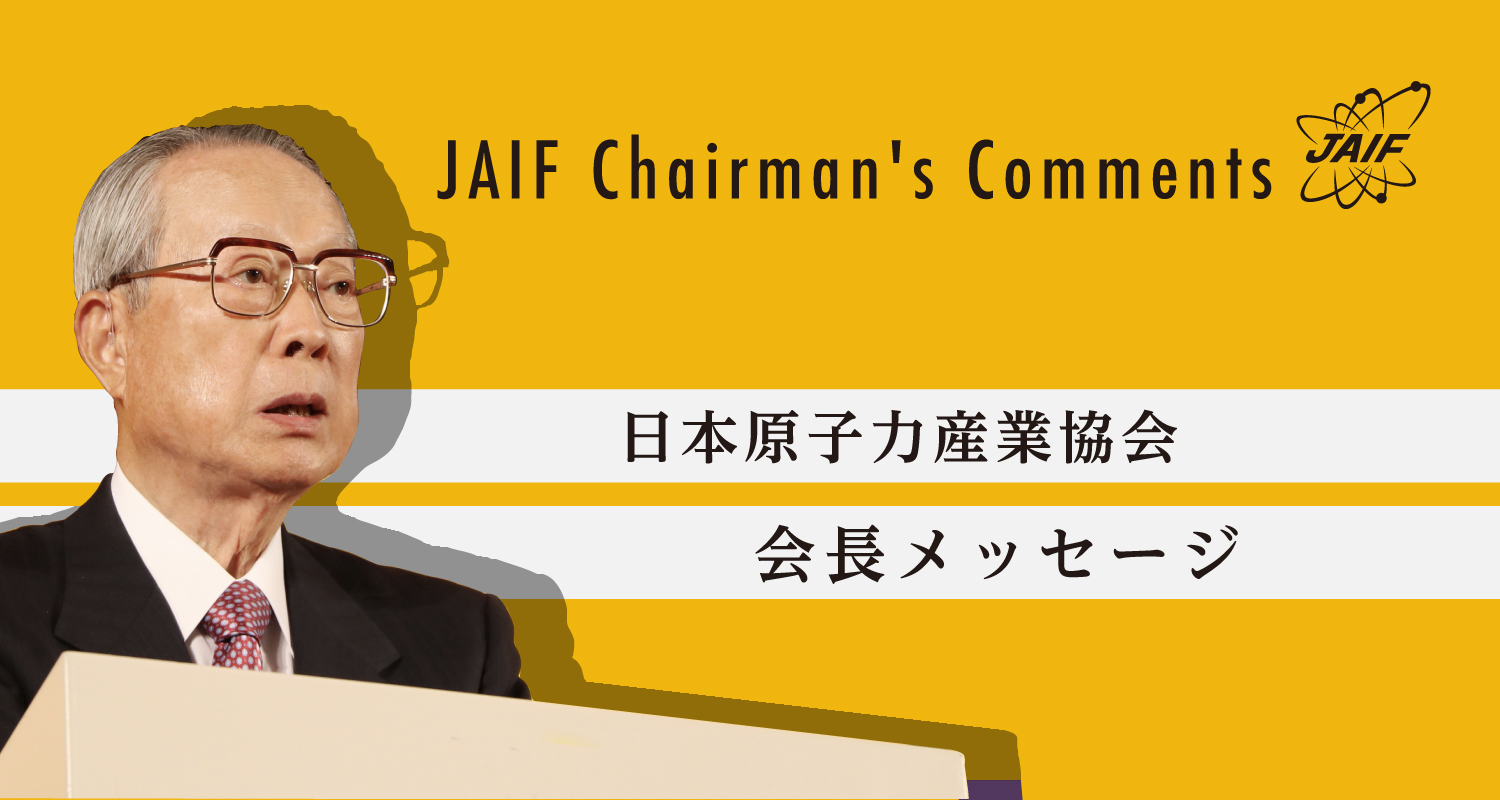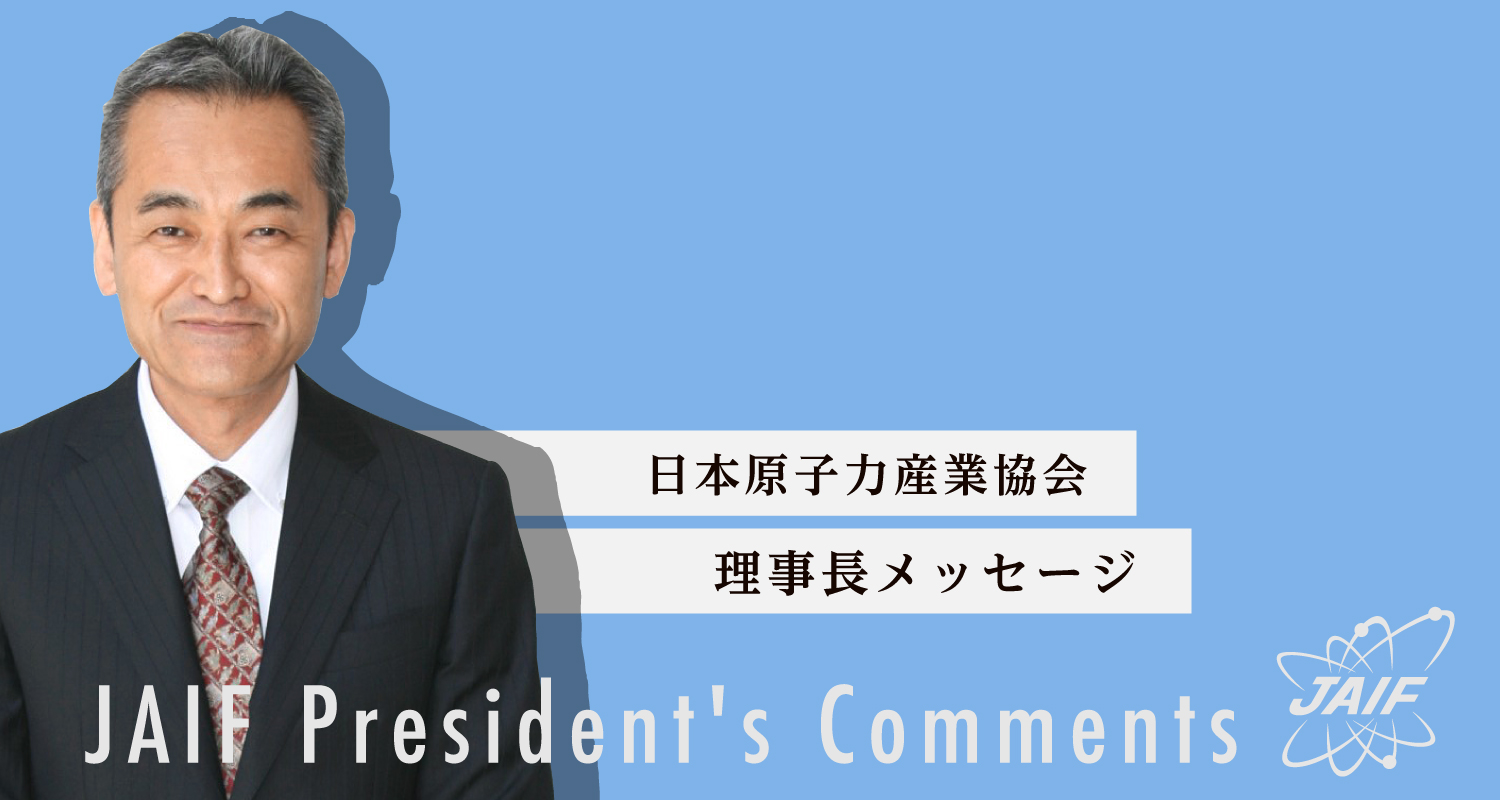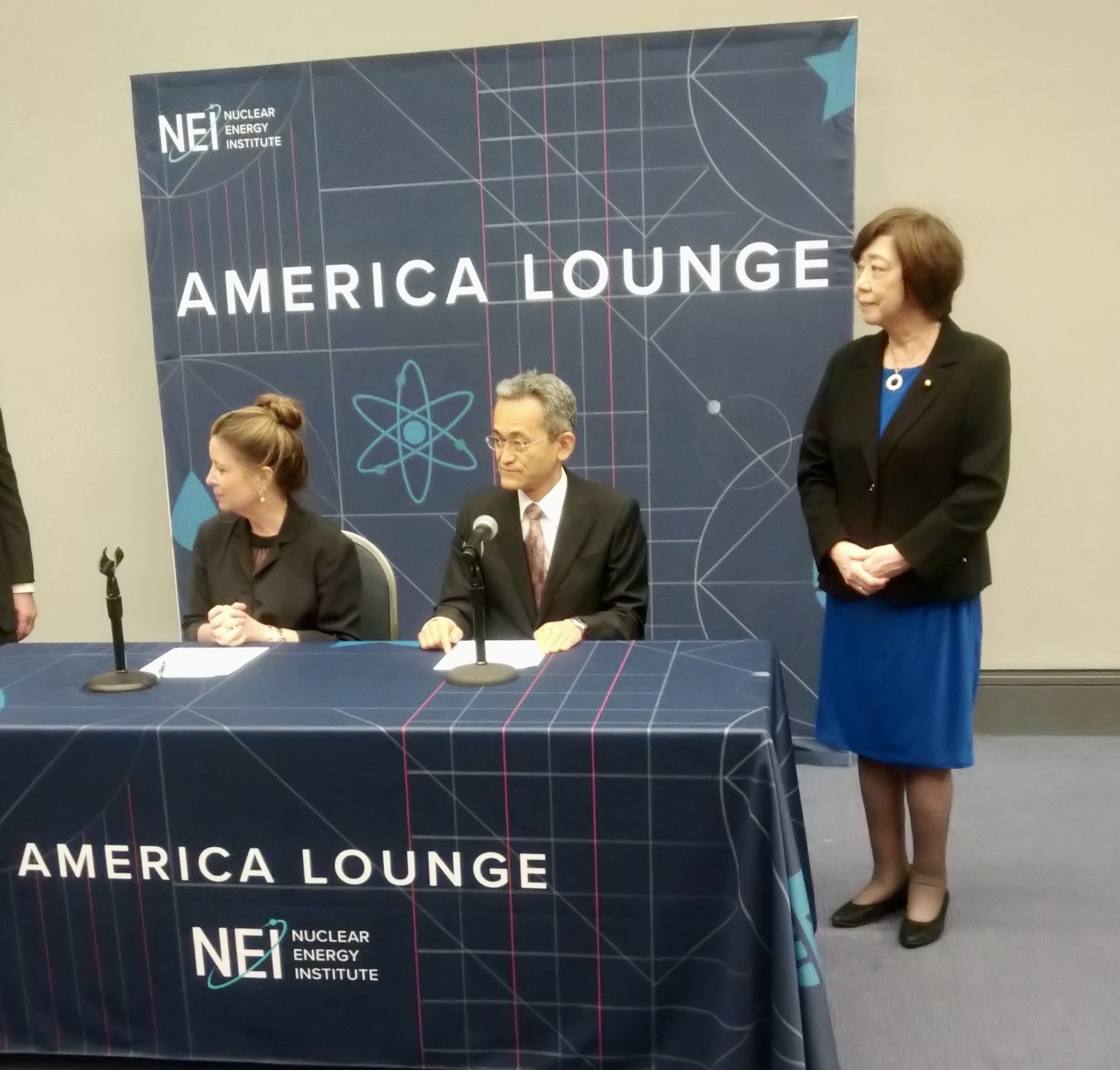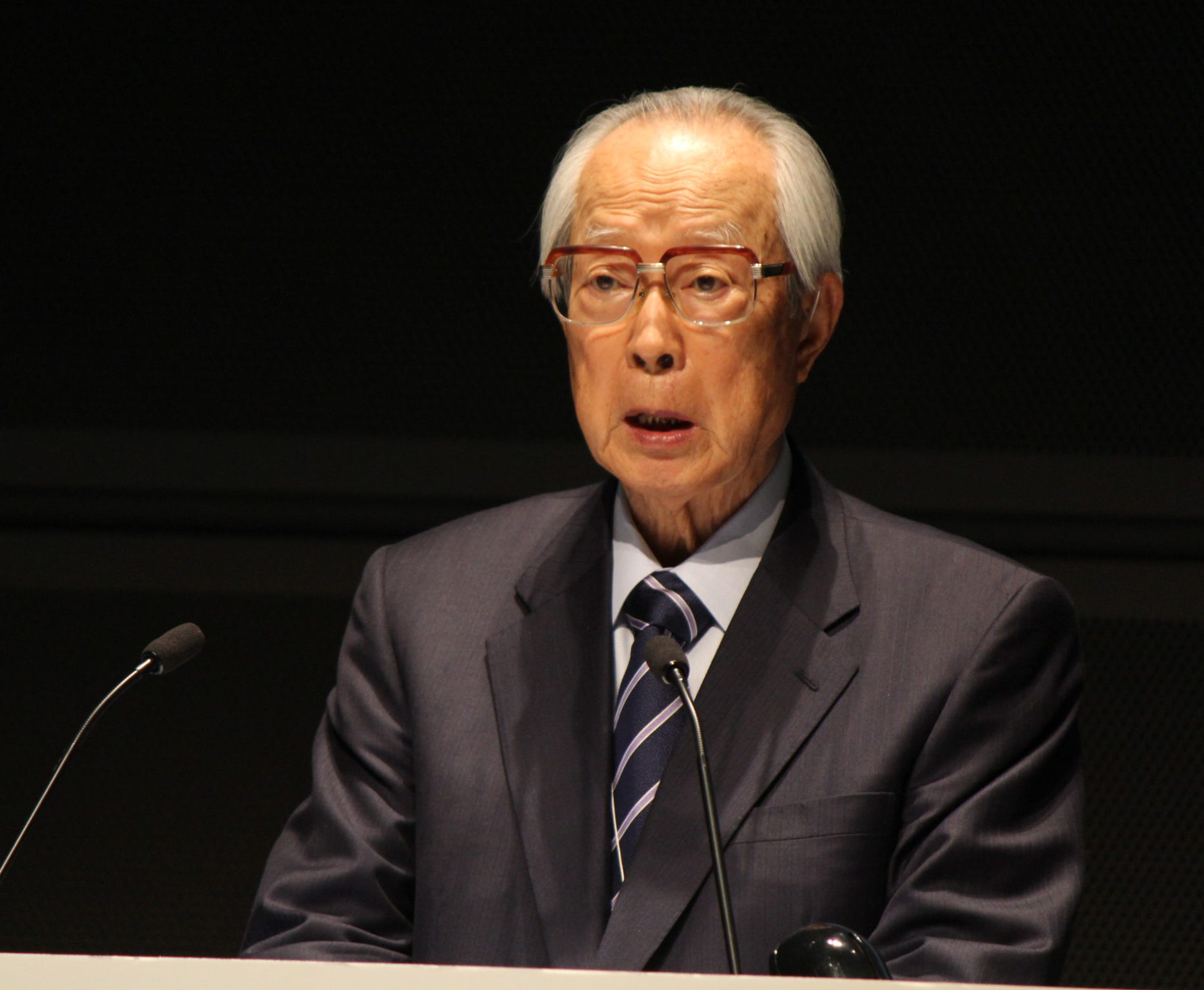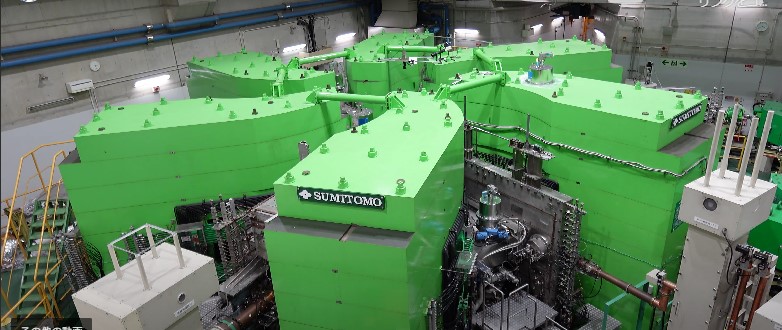Sae Ochi, MD, MPH, PhD
Director of Internal Medicine, Soma Central Hospital, Fukushima
Clinical Research Fellow, MRC-HPA Centre for Environment and Health, Imperial College London, UK
It has already been five years. Direct memories of the giant earthquake of March 11, 2011 (known as the “Great East Japan Earthquake”) and the nuclear accident at the Fukushima Daiichi Nuclear Power Plants are fading. That cannot be helped. We are exposed every day to news of fresh disasters—both natural and man-made—be they terrorist attacks or the latest series of earthquakes in Kumamoto and Oita Prefectures.
It is quite obvious that the fading of disaster memories and restoration are two different things. Restoration means not forgetting the negative legacy of the disaster or letting it go. Restoration is not meaningful unless rebuilding looks squarely at the consequences of the disaster.
Effects of Suspending Fisheries
For example, fisheries operations have been suspended in parts of Fukushima for the past five years on account of the accident. That means more than the loss of tradition or income.
Last September, a man in his 60’s from Soma City was killed during a fisheries test operation.
Fishing is obviously a difficult and physically exhausting job. During their time away from it, younger fishermen have endeavored to stay in shape with jobs in construction and civil engineering, and by working out diligently at the gym; not so for older fishermen, though.
The man in Soma had been away from fishing ever since the earthquake and nuclear accident. As a result of his inactivity, a chronic condition that he suffered from had worsened. When the test program was established, he initially left the work to his son and employees. On the day of the test, however, one of the employees had a problem at home, so the older man ended up aboard a boat in his place. It is believed that his legs got caught in some nets somehow and he fell overboard. Due to the fast current, his body was never found.
Primary industries can involve real danger. The rate of fisheries accidents is three times that of accidents in construction, and seven times that for industry as a whole. Those who have been away from the sea for five years cannot simply jump on board a boat when told that they can “start again today.”
Soma City, this year, was at last allowed to carry out fishing tests for flatfish, the highest-quality fish. There can be no restoration in the true sense, however, unless industrial accidents can be prevented from increasing after fishing resumes.
What Lifting an Evacuation Order Means
What can be said about fisheries can also be said about lifting evacuation orders. Once evacuation orders are lifted, residents may go back home; that does not mean, however, that they can or will do so.
Roads and residences in the area are overgrown with vegetation. Rats and civets have taken over buildings. Outside, long rows of black bags can be seen everywhere containing decontamination waste. Just lifting an evacuation order does not make a place suitable for living: neither for the rebuilding of lives nor, in the case of the elderly, as their final home.
Some residents are bitter, complaining, “Those in command of the city’s restoration apparently think that merely lifting the evacuation order is the final goal.”
It is not practical to try to discuss what can be done “to bring residents back” without seeing, in person, the areas being talked about. At the same time, I think it’s insulting for outsiders to say such things as “it is impossible for the elderly to go back to such a place.”
I myself am a pure urban person, and my parents and grandparents all hailed from different places. I therefore do not fully understand the attachment that some people feel to “their” land. Since moving here, however, I have come to appreciate that, for local people, land is more than just history or property. Those are too simple.
Let me liken it to the relationship between plants and soil. There was a patient staying for an extended time at a hospital in a neighboring town. When he was eventually moved to a local hospital, he recovered dramatically. I have seen many examples like that. People may have connections to their land in some sense that a doctor cannot explain in medical terms.
Outsiders without such an awareness should not be discussing the appropriateness of anyone’s going back home. They should, rather, being supporting and assisting those who hope to do so, as well as those who have decided to put down roots somewhere else.
Acting for Restoration Now
At a glance, the scars of the disaster are becoming less evident in the affected area. The surface level of events has been converted into records, in the form of news and the like. In that way, people’s understanding is increasingly diverging from the “real” restoration. Now that five years have passed since the events of 2011, I believe that it is time for all of us to “go back” to the affected area once again.
Yoshida Shoin, one of Japan’s most distinguished intellectuals during the closing days of the Tokugawa shogunate (that is, in the 1850’s), once said, “People do not exist separately from the land. Events are inseparable from people.” In order to accomplish restoration in the true sense, then, we need to go back to the land once again and reconsider calmly the negative legacy brought by the disaster. I think that the time has come for that.


